Che Guevara is one of the most notable Latin American leaders in history. He was a revolutionary who inspired many and fought against injustices until the end of his life.
Let’s take a deep dive into the life of Che Guevara and what he stood for.
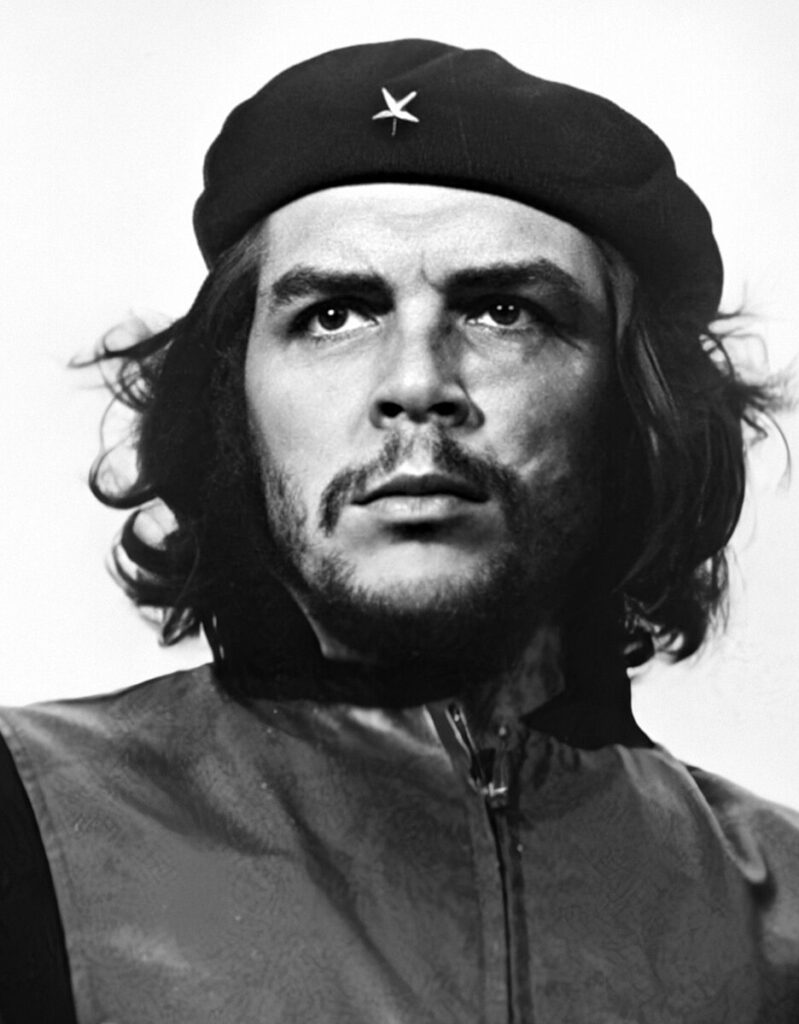
Early Life
Ernest “Che” Guevara was born on June 14, 1928, in Argentina. His parents were Ernesto Guevara Lynch and Celia de la Serna y Llosa. He had four younger siblings, and the Guevaras were an upper-class family with Spanish and Irish ancestry.
It wasn’t until he became a revolutionary that he used the nickname “Che,” which he earned because of his propensity to use it. It is a common term in Latin American countries to get someone’s attention. It is akin to saying, “Hey,” “mate,” or “muddy.” It can also be a filler term when talking like “right” or “so.”
Growing up, Che was interested in the life of revolutionaries and often sought to learn about Irish rebels. He also developed sympathy for the poor and vulnerable population, even as he grew up in a family with means.
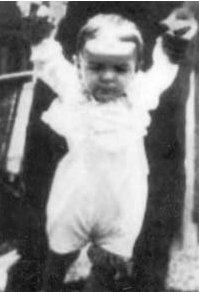
His introduction to politics came early, as his father Ernesto often hosted political meetings in their house. The patriarch supported the Republican side of the Spanish Civil War.
Che had many interests aside from politics. Despite bouts of asthma, he was quite athletic and enjoyed swimming, football, and rugby. He also competed in local chess tournaments.
Poetry was also a passion of his, citing Pablo Neruda, Walt Whitman, and Antonio Machado among his favorites. He was a wide reader and also enjoyed the writings of Karl Marx, William Faulkner, and Jules Verne.
As he grew older, he pored over the words of Latin American writers like Horacio Quiroga, Jorge Icaza, and Miguel Asturias.
The Birth of a Revolutionary
Che enrolled at the University of Buenos Aires to study medicine in 1948. However, he dropped out of school shortly before he completed his degree to travel around South America on his motorcycle. He embarked on an 8,000-mile drive for eight months between 1951 and 1952 with a close friend, Alberto Granado.
It was during his travels that he witnessed the inequalities in South America. He got a closer look at people living in poverty, which ignited his disdain for capitalism and drove him closer to communism.
He famously wrote in his memoir: “I will be on the side of the people. I will take to the barricades and the trenches, screaming as one possessed, will stain my weapons with blood, and, mad with rage, will cut the throat of any vanquished foe I encounter.”
After his motorcycle adventure, Che completed his medical degree in 1953. Shortly after graduating, Che joined the Guatemalan Revolution instead of donning the white coat.
Guatemalan Revolution of 1954
At the time, President Jacobo Arbenz was a central figure in the 10-year Guatemalan Revolution. He maintained a democratic rule and introduced a model agrarian reform program that became influential across Latin America.
The problem with his program was that the United Fruit Company, a vast enterprise, would have to reduce its share of the land. And agrarian reform would not benefit those who maintained power because of their land ownership.
Because of this, Arbenz became an enemy of the United Fruit Company, wealthy Guatemalan landowners, and the army. Furthermore, the United States government, via the Central Intelligence Agency (CIA), supported a group of rebels to destabilize Arbenz’s government.
Seeing the good that Arbenz tried to do for Guatemala, Che helped form local militias to defend the government. However, the destabilizers were too strong, and Arbenz’s government fell. Guevara fled the country and crossed to Mexico after seeking refuge before the Argentine Embassy.
Che’s anti-imperialism stance was only heightened by this situation.
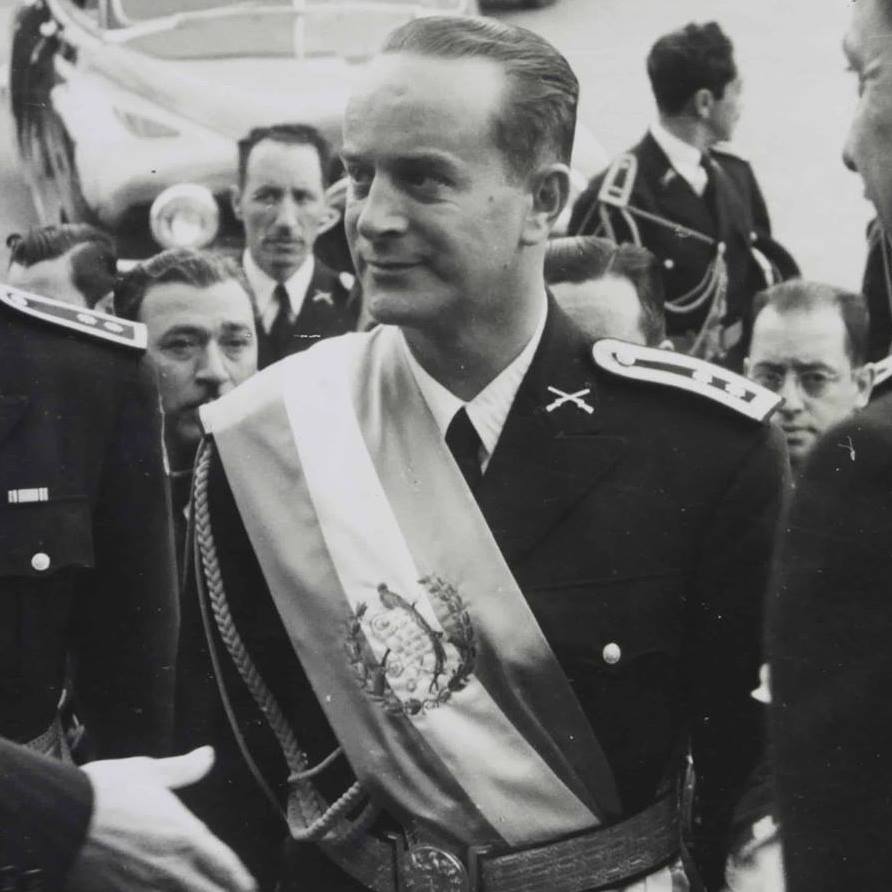
Meeting Fidel and Raul Castro
In Mexico City, Che met and married his first wife, Hilda Gaeda. She was a Peruvian economist and an intellectual fueled by communism.
Che also met the Castro Brothers of Cuba in Mexico City in 1955. He found that they shared the same ideologies: they had become communists with a deep hatred for Americans. Fidel and Raul Castro’s anti-imperialist principles stemmed from the injustice their father, Angel, experienced at the hands of the Americans in their own country of Cuba.
Che was impressed with Fidel and described him as “extraordinary.” They developed a friendship that evolved from table chats to the frontlines of the successful Cuban Revolution in 1959.
Che became a Cuban citizen shortly after and divorced Gaeda to marry Aleida March, a Cuban. Che served as a prison executioner under Fidel Castro’s government and oversaw the death of around 500 men who were convicted as traitors and spies.
He also held positions in the finance sector and became the head of the Ministry of Industry. This allowed him to travel the world, which was Fidel Castro’s ploy to distance himself from Che’s Marxist ideologies that many of his allies frowned upon.
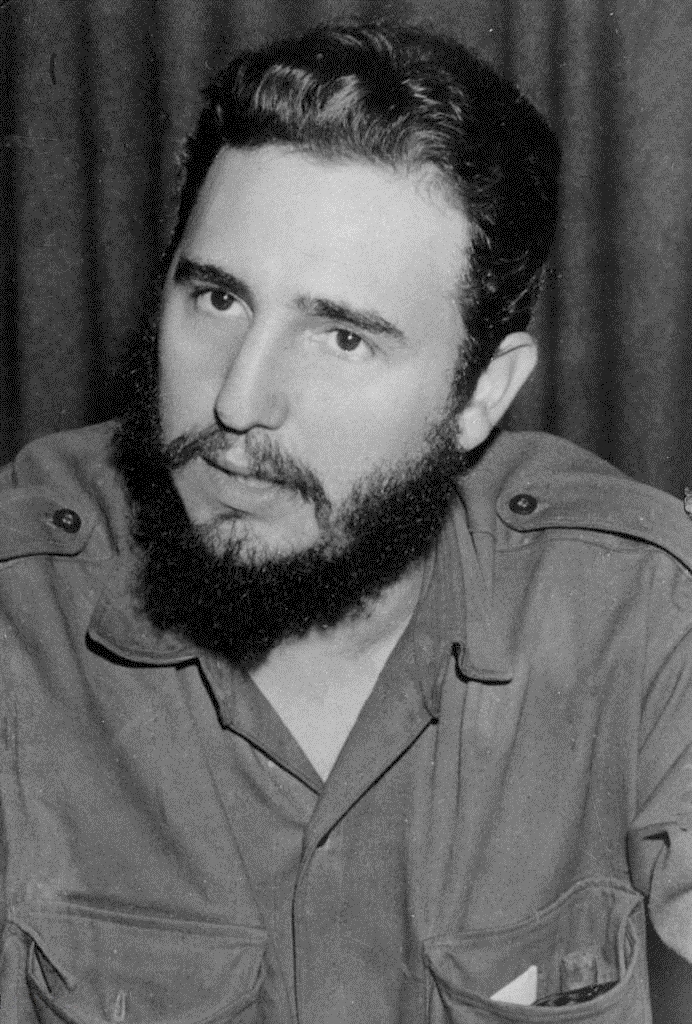
Pushback Against His Ideals
While traveling the world, Che made sure to draw attention to the oppression he encountered.
In his 1964 speech before the United Nations, speaking as the head of the Cuban delegation, he touched on many social issues:
- Apartheid in South Africa
- Racism against Black people in the United States
- Hungry Indian masses
- Peasants without land
- Exploited workers
- Imperialism
There were two attempts on Che’s life during this trip. Two Cuban exiles headed these attacks, and both failed.
His final trip as Cuban ambassador was in Africa in 1965. When he returned to Cuba, he disappeared from the public eye.
It was speculated that he had huge disagreements with Fidel Castro, who was more pragmatic as a leader. Castro was eventually forced to make a public statement that Che would make his whereabouts known when he wanted to.
On October 3, 1965, Fidel Castro released Che’s undated “farewell letter” telling of his intention to leave Cuba, resign from all his government positions, and renounce his Cuban citizenship.
Famed Revolutionary
When he left Cuba, Che already had a strong reputation as a revolutionary leader. Many countries would invite him for public speeches as they wanted to hear his thoughts on various world crises.
Congo Conflict
Che had traveled to Africa many times while he was Cuba’s Minister of Industry. He believed that Africa would be the United States’ Achilles heel.
Cuba helped liberate Algeria in 1961 by providing them with American weapons seized from a failed coup against Fidel Castro.
In 1965, Che went to Congo to help with the chaos caused by warring politicians. He was highly critical of the interference of the United States and Belgium, whose governments ruled over Congo throughout the domestic conflict.
Guevara planned to lead a guerilla in Congo to overthrow the American- and Belgian-backed government. The plan failed, and Guevara secretly returned to Cuba. He went in and out of Cuba clandestinely since the “farewell letter” had been publicized.
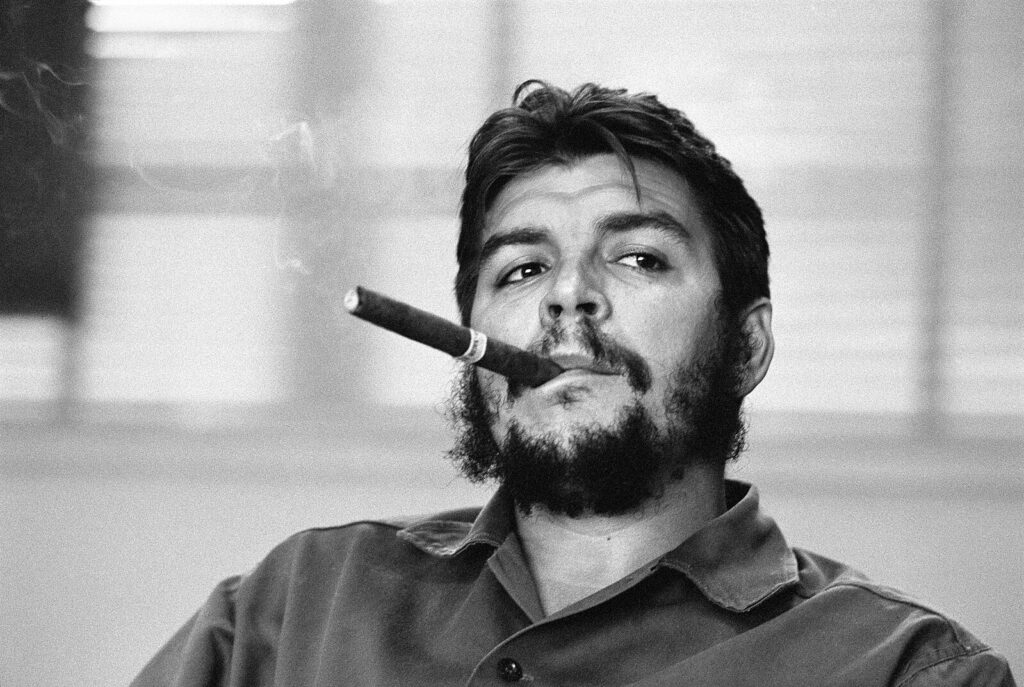
One Socialist Latin America
One of Che’s dreams was to establish a united socialist Latin America. He shared this plan with former Argentine president Juan Peron, who was exiled in Spain. Peron wasn’t keen on this plan.
However, Che was adamant about his mission. He sought to start his dream IN Bolivia.
Bolivian Insurgency
Che went to Bolivia after shaving much of his hair and all of his beard. He successfully led guerilla forces at the beginning of the revolution, but the primary campaign failed as Che and his troops faced the CIA-backed Bolivian army. Che also could not recruit locals to take up arms against the government.
On October 8, 1967, Bolivian forces captured Che while he was leading guerilla operations in the Yuro ravine. He was seriously wounded from the encounter. And when he was about to be killed, he reportedly bargained with the soldiers, telling them who he was and that he was worth more alive than dead.
The next day, Bolivian President Rene Barrientos ordered Che’s death. He was executed via gunshot, and the Bolivian government made it look like he was killed in action.
He left behind five children.
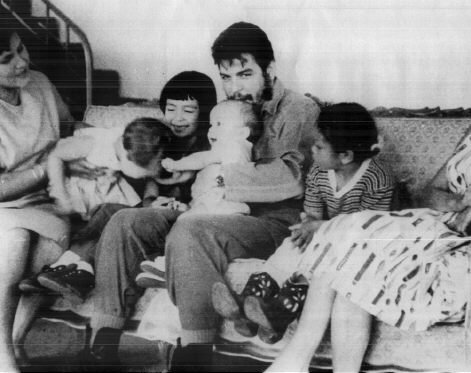
Che Guevara in the Movies
As a world-renowned revolutionary, it is no surprise that Che has been depicted in many films.
Evita (1996)
Antonio Banderas played Che in the musical Evita, starring Madonna in the eponymous role. While Che was not a main character in the film, he served as the film’s narrator.
Motorcycle Diaries (2004)
Che’s South American travels on his motorcycle were depicted in the film Motorcycle Diaries in 2004. The film was also based on a memoir of the same name written by Che and his travel companion Alberto Granado. Mexican actor and producer Gael Garcia Bernal played Che in the film.
Che (2008)
Famed director Steven Soderbergh directed a two-part film on the life of the Argentine revolutionary. Part one is The Argentine, and part one is titled Guerilla. Academy Award winner Benicio del Toro played Che Guevara.
Che Guevara: A Voice Against Injustice
Born in an upper-class family, Che didn’t experience poverty firsthand but left behind comfort to take up arms against imperialist governments. Che may have won some battles and lost others, but his ideologies lived on.
He remains an important revolutionary legend in Latin America and an inspiration to those who continue to stand up to injustices worldwide.

